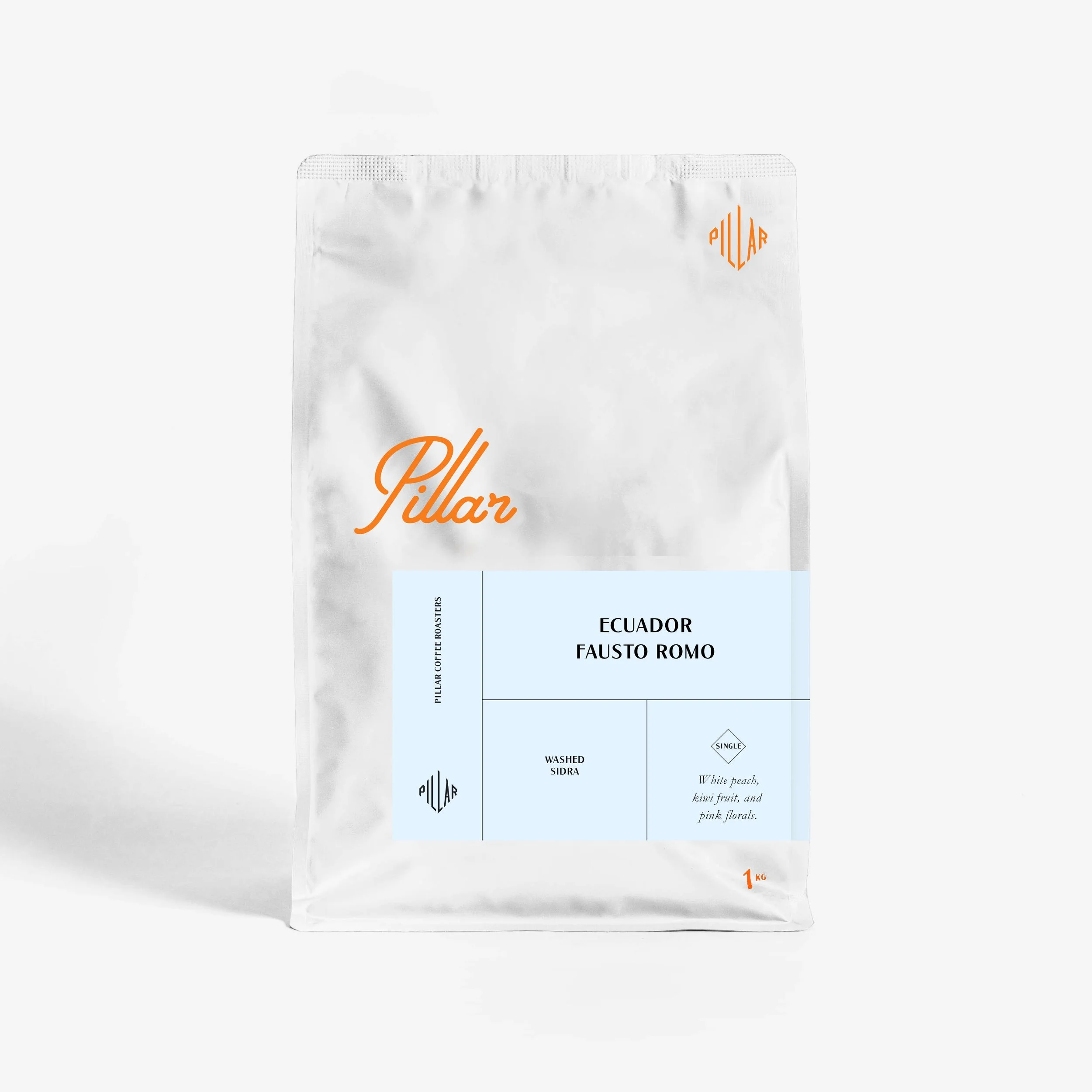Bolivia Roxana Chambi - Filter


Bolivia Roxana Chambi - Filter
Bolivia
Roxana Chambi
San Lorenzo
Caranavi
La Paz
1550 masl
Red Catuai
Washed
Fresh peach, jammy orange, and caramel.
Roxana Chambi runs a beautiful little farm called San Lorenzo in Bolivia’s famous Caranavi region. Here, she keeps things pretty simple--she selectively picks by hand, cleanly processes, and sun-dries naturally until just the right moisture level. Small farm, big heart, no shortcuts.
Bolomvia?: Processing in Bolivia is pretty similar to what you’ll find in Colombia, with many smallholder farmers investing in processing equipment. Typically, processing sees farmers sort, depulp, ferment, and dry the coffee right on their farms, usually over about two weeks.
What makes this lot unique? This particular lot has been anaerobically fermented, meaning the freshly-picked cherries are sealed up in a tank to ferment without oxygen. This method really amps up the fruitiness, acidity, and body of the coffee, without foregoing all the things we love about straight-up washed coffee--namely crispness and clarity.
"Red Catuai standing by": The variety grown on Roxana’s farm is Red Catuai, a hybrid developed in Brazil and released back in 1972. A cross between Caturra and Mundo Novo, it's loved for its solid performance at the farm, and its delicious cup quality, complexity and sweetness.
La Paz: Situated in the North-West and sharing a border with Peru, La Paz is Bolivia’s most well-known coffee-producing department. It’s a land of extremes with soaring Andes mountains, lush rivers, and rich soils. Coffee farms here often hug steep hillsides, making for dramatic landscapes. Sounds like a harder way to do things, but farmers have learned to tap into naturally occurring undulations, pitch, and angle, using the mountainside to create different sections to optimise sun exposure, shade, and protection from the elements.
How did we get here? Coffee in Bolivia: Coffee’s journey in Bolivia isn’t exactly well-documented, but it likely came over with enslaved Africans during the colonial period. It wasn’t until the 18th century that it popped up on estates in the Yungas region and began its life as an albeit insignificant harvest crop.
Fast forward to the 20th century, and coca leaves (yes, that coca) dominated Bolivia’s agriculture. Coffee only really started gaining ground when global demand spiked in the 1970s. After a few ups and downs, including a production peak in the 90s and a dip by 2016, Bolivian coffee is making a comeback, especially in the specialty market, with over 12,000 families in Caranavi dependent on coffee for their livelihoods.
What's the catalyst? Farmers are experimenting with new techniques, investing in processing gear, and growing a wider variety of coffee plants. From fully organic and Fair Trade offerings to tiny, meticulously processed microlots, Bolivia is fast becoming a serious player in the specialty coffee world.
Third wave at origin: Another reason for this comeback is that Bolivia’s coffee scene is buzzing right now. Young professionals are opening cafes, studying third-wave coffee culture, and connecting more deeply with specialty coffee than ever before.








